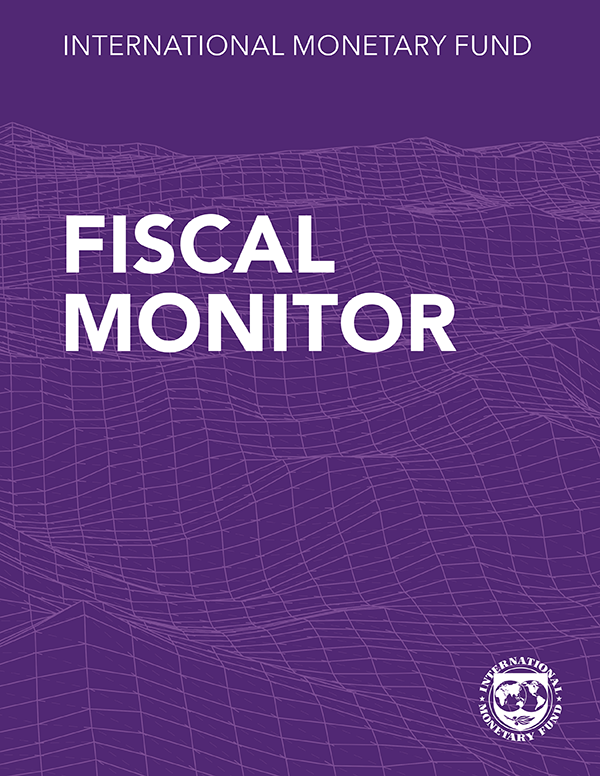Growth on Divergent Paths Amid Elevated Policy Uncertainty

Global economists have unveiled a mixed forecast for the coming years, with world economic growth projected to hit 3.3 percent in both 2025 and 2026 - significantly lower than its historical average of 3.7 percent between 2000 and 2019.
The US economy is expected to drive this growth, thanks to an upward revision from previous forecasts, while other major economies are facing downward revisions. As a result, the global headline inflation rate is anticipated to decline to 4.2 percent in 2025 and 3.5 percent in 2026, with emerging markets and developing economies taking longer to converge back to earlier targets.
However, policymakers face daunting challenges ahead as both medium-term and near-term risks tilt towards a downward trend. Risks that could boost US growth in the short term are countered by risks facing other countries due to elevated uncertainty around policy decisions.
According to the International Monetary Fund (IMF), policy disruptions to the ongoing disinflation process could jeopardize the pivot towards easing monetary policies. This could have far-reaching implications for fiscal sustainability and financial stability on a global scale.
To manage these risks, policymakers must prioritize finding a delicate balance between inflationary pressures and overall economic activity, rebuilding buffers, and bolstering medium-term growth prospects through structural reforms as well as strengthened multilateral cooperation.
IMF officials emphasize that their forecast points to the need for countries to carefully weigh competing interests in policy making.
